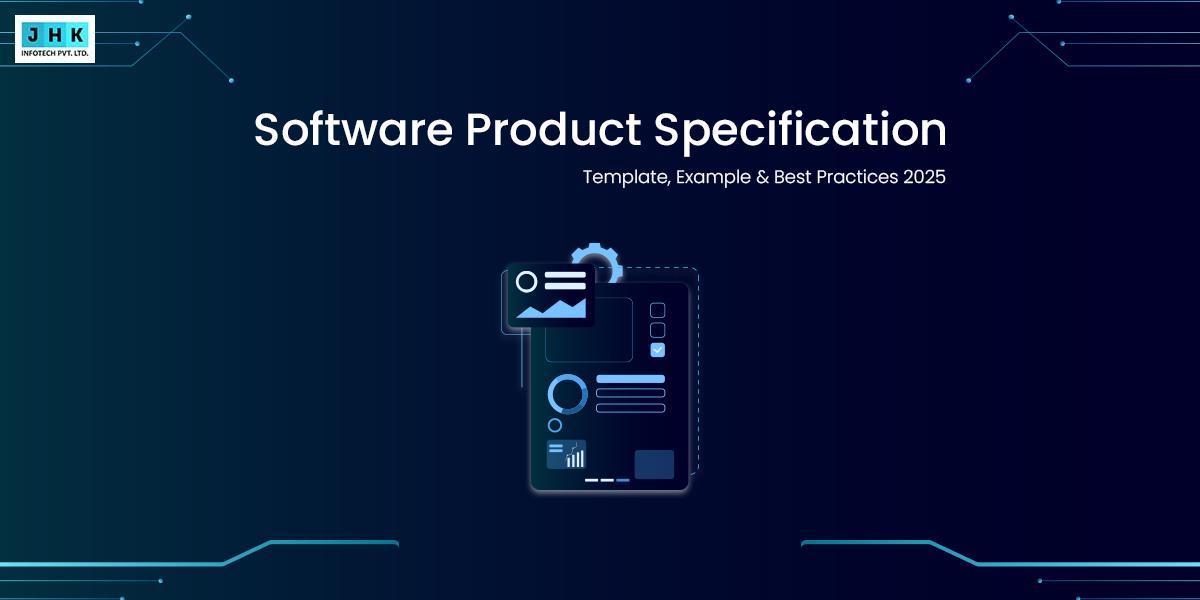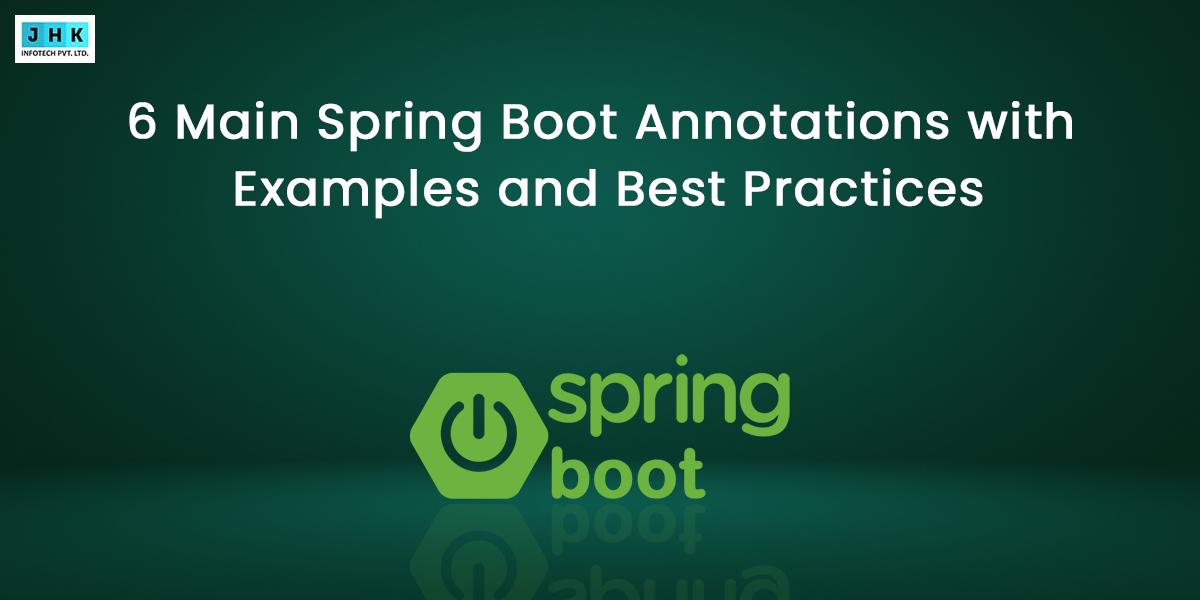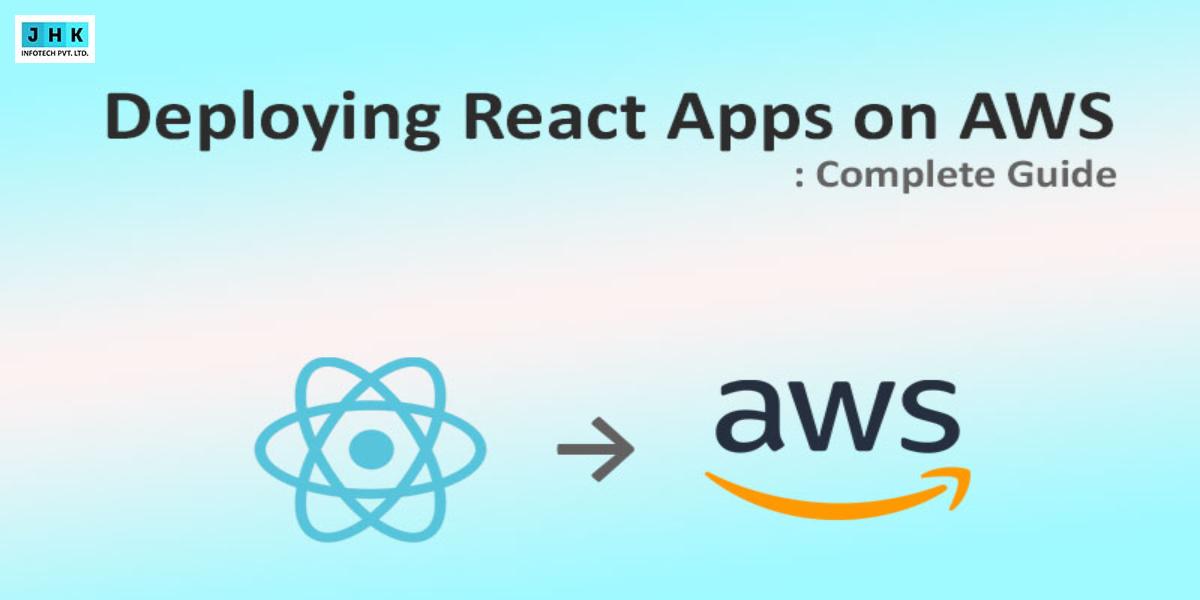Kotlin Unleashed: Harnessing Modern Development Power

Introduction
Kotlin is a modern, statically typed programming language developed by JetBrains, the creators of IntelliJ IDEA, in 2011. It was designed to be concise, expressive, and interoperable with existing Java code, making it an excellent choice for building Android applications as well as server-side and web applications.
History
The history of Kotlin Programming language is an intriguing journey of innovation and evolution in programming languages.
1. Conception (2010-2011): Kotlin was created by JetBrains, a software development company known for their IDEs like IntelliJ IDEA, in 2010. The project was started to address the limitations and challenges faced by developers while working with Java. JetBrains wanted a language that was fully interoperable with Java, concise, safe, and pragmatic.
2. Public Announcement (2011): Kotlin was officially unveiled to the public by JetBrains in July 2011 through a blog post by Andrey Breslav, the lead language designer. This announcement marked the beginning of Kotlin’s journey as an open-source programming language.
3.Open Sourcing (2012): In February 2012, Kotlin was open sourced under the Apache 2.0 license, allowing developers to contribute to its development and use it freely in their projects. This move helped Kotlin to gain traction and attract a community of enthusiasts and contributors.
4. Gradual Adoption (2012-2016): Over the next few years, Kotlin gained attention among developers, particularly those working in the Android ecosystem. Its seamless interoperability with Java and modern features attracted early adopters who appreciated its conciseness, null safety, and functional programming capabilities.
5. Official Support for Android (2017): Kotlin received a significant boost in 2017 when Google announced official support for Kotlin as a first-class language for Android development at Google I/O. This endorsement from Google propelled Kotlin into the mainstream, leading to a surge in its adoption for Android app development.
6. Stable Release and Updates (2016-2022): Kotlin continued to evolve with regular updates and improvements to the language and tooling. The language design focused on enhancing developer productivity, safety, and maintainability. JetBrains provided excellent support through its integrated development environments, such as IntelliJ IDEA and Android Studio.
7. Growing Ecosystem and Community (2017-present): Since its official support for Android development, Kotlin has seen rapid growth in its ecosystem and community. It is widely used not only for Android development but also for backend development, web development, and other domains. The Kotlin community actively contributes libraries, frameworks, and tools, enriching the Kotlin ecosystem.
8. Recent Developments (2020-present): In recent years, Kotlin has continued to expand its reach and influence in the software development industry. It has gained recognition as one of the most loved and sought-after programming languages among developers, according to various surveys. JetBrains and the Kotlin Foundation continue to work on enhancing the language, tooling, and ecosystem to meet the evolving needs of developers.
Design of Kotlin programming language
The design of the Kotlin language is rooted in the principles of pragmatism, interoperability, safety, and expressiveness. Here are some key aspects of Kotlin’s design:
- Interoperability with Java: Kotlin is designed to be fully interoperable with Java. This means that Kotlin code can seamlessly call Java code and vice versa, without the need for cumbersome interop layers or boilerplate code. This design choice was crucial in Kotlin’s adoption, especially in environments where Java is prevalent, such as Android development.
- Conciseness and Readability: Kotlin emphasizes writing concise and expressive code. It achieves this through features such as type inference, default parameters, concise syntax for common patterns (e.g., data classes, lambda expressions), and operator overloading. The goal is to reduce boilerplate code and make codebases more readable and maintainable.
- Null Safety: Kotlin addresses the notorious null pointer exception problem present in many programming languages, including Java, by making nullability explicit in the type system. Nullable types are distinguished from non-nullable types, and the compiler enforces the safe handling of null values through features like the safe call operator (?.), the Elvis operator (?:), and the non-null assertion operator (!!).
- Functional Programming Support: Kotlin provides robust support for functional programming techniques, such as higher-order functions, lambda expressions, function types, and immutable data structures. This allows developers to write expressive and concise code, leverage functional programming paradigms, and take advantage of features like map, filter, and reduce.
- Type Safety: Kotlin’s type system is designed to catch common programming errors at compile time, rather than at runtime. Features such as type inference, smart casts, and sealed classes help ensure type safety and reduce the likelihood of bugs and runtime errors.
- Coroutines for Asynchronous Programming: Kotlin introduces coroutines, a lightweight concurrency framework, for writing asynchronous and non-blocking code. Coroutines simplify asynchronous programming by providing a structured and intuitive way to write asynchronous code that looks sequential. This design choice makes asynchronous programming more manageable and less error-prone.
- Pragmatic Language Features: Kotlin incorporates a range of features that aim to address common pain points in software development, such as extension functions, default arguments, string interpolation, smart casts, and more. These features are designed to improve developer productivity, code clarity, and maintainability.
Syntax
The syntax of Kotlin language is designed to be concise, expressive, and readable. Here’s a brief overview of some key syntax elements in Kotlin:
1. Package Declaration:
package com.example.myapp
2. Variable:
val pi = 3.14 // Immutable variable
var count = 0 // Mutable variable
3. Data Type:
val name: String = “John”
val age: Int = 30
val isStudent: Boolean = true
4.Function:
fun greet(name: String) {
println(“Hello, $name!”)
}
Application
Kotlin language finds application across various domains and platforms due to its versatility, safety features, and concise syntax. Here are some notable applications of Kotlin:
- Android App Development: Kotlin is officially supported by Google as a first-class language for Android app development. Many developers have switched from Java to Kotlin for Android development due to its concise syntax, null safety, and seamless interoperability with existing Java codebases.
- Backend Development: Kotlin is increasingly being used for backend development, both in startups and large enterprises. Frameworks like Spring Boot and Ktor provide excellent support for building RESTful APIs, web services, and microservices using Kotlin.
- Web Development: Kotlin can be used for web development with frameworks like Kotlin/JS, which allows developers to write frontend code in Kotlin that compiles JavaScript. Additionally, Kotlin can be used on the server side with frameworks like Ktor for building full-stack web applications.
- Desktop Application Development: Kotlin can be used for developing desktop applications using frameworks like TornadoFX for JavaFX-based UIs or Kotlin/Native for cross-platform desktop applications.
- Data Science and Machine Learning: Kotlin is increasingly being adopted in the data science and machine learning community. Libraries like KotlinDL provide support for building deep learning models using TensorFlow and other machine learning frameworks.
- Game Development: Kotlin can be used for game development, either on the server side for building game servers or on the client side for developing game logic using frameworks like LibGDX.
- Command-line Tools and Utilities: Kotlin’s concise syntax and expressive features make it well-suited for building command-line tools and utilities. Many developers prefer Kotlin for writing scripts and automation tasks due to its safety features and modern language constructs.
- Educational Purposes: Kotlin is also used in educational settings as a language for teaching programming concepts. It’s clear syntax and modern features make it an excellent choice for introducing students to programming.
Tools
Kotlin has a rich ecosystem of tools, libraries, and frameworks that support various aspects of software development. Here are some of the commonly used tools in the Kotlin ecosystem:
- IDEs (Integrated Development Environments)
1. IntelliJ IDEA: Developed by JetBrains, IntelliJ IDEA is one of the most popular IDEs for Kotlin development. It provides comprehensive support for Kotlin, including syntax highlighting, code completion, refactoring tools, and debugging capabilities.
2. Android Studio: Android Studio, the official IDE for Android development, offers full support for Kotlin, allowing developers to build Android apps using Kotlin seamlessly.
- Build Tools
1. Gradle: Gradle is the preferred build system for Kotlin projects. It offers powerful dependency management, build automation and plugin support. Kotlin DSL (domain-specific language) is commonly used with Gradle for writing build scripts.
2. Maven: Maven, another popular build tool, also supports Kotlin projects. Developers can use Maven to manage dependencies, build projects, and generate artifacts.
- Testing Frameworks
1. JUnit: JUnit is a widely used testing framework for writing unit tests in Kotlin. It provides annotations and assertions for writing and running tests effectively.
2. Spek: Spek is a behavior-driven development (BDD) framework for Kotlin that allows developers to write descriptive and readable tests using a fluent API.
- Web Frameworks
1. Ktor: Ktor is a modern and asynchronous web framework for building server-side applications in Kotlin. It provides support for routing, HTTP clients, WebSockets, and more.
2. Spring Boot: While Spring Boot is primarily associated with Java, it also offers excellent support for Kotlin. Developers can build web applications, RESTful APIs, and microservices using Kotlin with Spring Boot.
- Database Access
1. Exposed: Exposed is a lightweight SQL library for Kotlin that provides a fluent DSL for interacting with databases. It supports various database backends and simplifies database access in Kotlin applications.
- Serialization
1. Kotlinx.serialization: Kotlinx.serialization is a multi-platform serialization library for Kotlin. It allows developers to serialize Kotlin objects to and from JSON, XML, and other formats, making it easier to work with data in Kotlin applications.
- Coroutines
1. Kotlinx.coroutines: Kotlinx.coroutines is a library that provides support for coroutines in Kotlin. It offers a rich set of coroutine builders, coroutine scopes, and coroutine primitives for writing asynchronous and non-blocking code.
Conclusion
In conclusion, Kotlin has emerged as a modern and versatile programming language that offers a wide range of benefits to developers across various domains. Its concise syntax, seamless interoperability with Java, and robust safety features have propelled its adoption in the software development industry.
Kotlin’s null safety, functional programming support, and coroutines for asynchronous programming address many common pain points faced by developers, leading to more reliable and maintainable codebases. Its growing ecosystem of tools, libraries, and frameworks further enhances its appeal, making it suitable for a wide range of applications, from Android and backend development to web development, data science, and more.
With official support from Google for Android development and strong backing from JetBrains, Kotlin continues to evolve and gain traction in the developer community. Its active and vibrant community, coupled with continuous updates and improvements, ensures that Kotlin remains at the forefront of modern software development.










